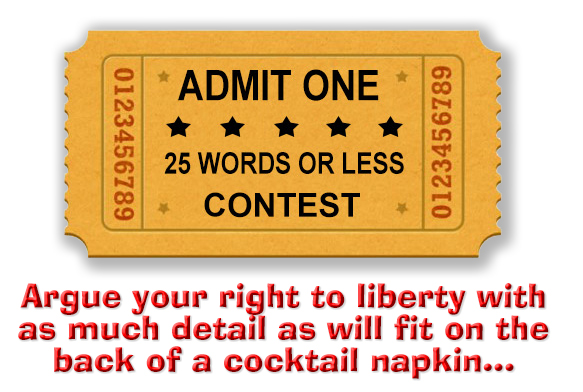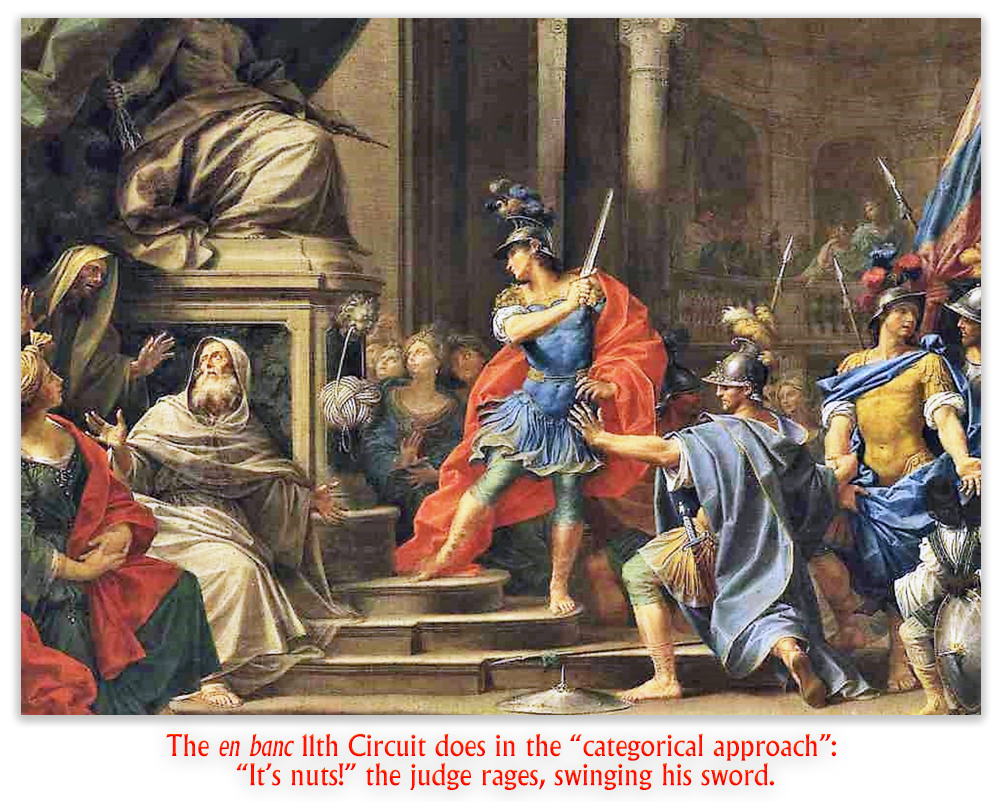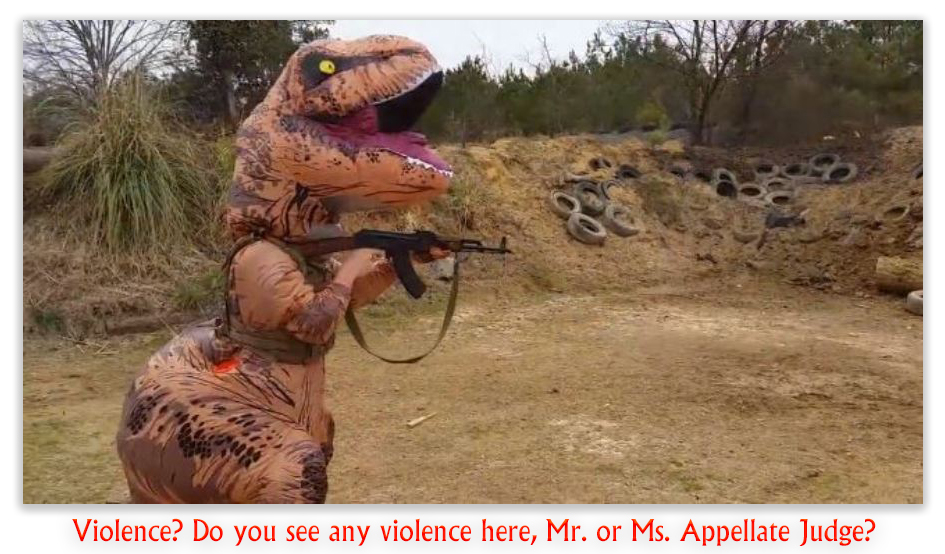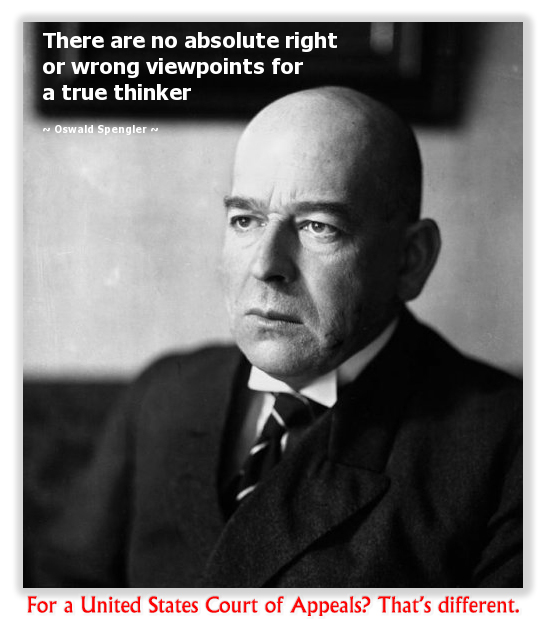We post news and comment on federal criminal justice issues, focused primarily on trial and post-conviction matters, legislative initiatives, and sentencing issues.

JUSTICE SOTOMAYOR WOODSHEDS 11th CIRCUIT ON § 2244 OPINIONS
Alone among the federal circuit courts of appeal, the 11th has a practice of publishing its decisions on inmates’ 28 USC § 2244 motions seeking the right to bring a second-or-successive § 2255 motion.
 A little background: Every convicted defendant has the right to file one motion to set aside the conviction or sentence under 28 USC § 2255, the federal statute that controls how a petition for writ of habeas corpus challenging convictions is brought in the federal system. The filing is subject to strict time limits, and once an inmate files a § 2255 motion and has that motion decided on the merits, he or she cannot bring another unless some tough-to-get permission is first granted by a federal court of appeals. Like March Madness, this freedom tourney is “one and done.”
A little background: Every convicted defendant has the right to file one motion to set aside the conviction or sentence under 28 USC § 2255, the federal statute that controls how a petition for writ of habeas corpus challenging convictions is brought in the federal system. The filing is subject to strict time limits, and once an inmate files a § 2255 motion and has that motion decided on the merits, he or she cannot bring another unless some tough-to-get permission is first granted by a federal court of appeals. Like March Madness, this freedom tourney is “one and done.”
To get that permission, a defendant files a motion under 28 USC § 2244 for permission to file a second-or-successive § 2255. Permission is only granted in limited, well-defined circumstances. The § 2244 proceeding is a quickie: the appellate court is to decide the motion in 30 days, leaving the court little time to consider a complex inmate application. The government rarely is permitted to file an opposition to the request. Any denial of an inmate’s § 2244 motion cannot be appealed, reconsidered or taken to the Supreme Court. What is more, the appeals court has to decide it within 30 days of filing,
Some circuits make it even tougher. In the 11th Circuit, an applicant must confine his or her entire legal argument to a single-page form. To make matters worse, the 11th Circuit publishes its decisions on § 2244 motions.
 “Publishes its decisions?” you ask. “How can that be a bad thing? Doesn’t it help future filers by explaining the Court’s position on the issues that may be raised?”
“Publishes its decisions?” you ask. “How can that be a bad thing? Doesn’t it help future filers by explaining the Court’s position on the issues that may be raised?”
That is true, but the problem is that the courts publish everything, as long as “publish” has a small “p.” When a court Publishes a case with a capital “P,” that means that the case becomes precedent. All district courts in the circuit must follow the precedent, and the court of appeals itself cannot reverse or abandon the precedent unless the court does so in an en banc proceeding. What’s more, the holdings don’t just bind § 2244 filers. They will bind future litigants on direct appeal as well.
(By the way, I use the capital “P”/small “p” for illustration only. It is not a term of art in law).
Thus, published decisions that are binding on future litigants (including those on direct appeal) are being decided on the sketchiest of records, in a judicial version of “speed dating.”
Last week, Justice Sonia Sotomayor issued a rare concurring statement in a decision denying certiorari to an appellant who had been bound by an 11th Circuit § 2244 denial. Michael St. Hubert argued on appeal that his Hobbs Act robberies were not “crimes of violence” that could support convictions under 18 USC § 924(c) for using a gun during their commission. The issue is quite a live one after last summer’s United States v. Davis. But Mike and several other defendants were shut out by the Circuit because it had already settled the question they raised in its § 2244 proved.
 Justice Sotomayor suggested that the appellate court’s § 2244 practice “raises a question whether the Eleventh Circuit’s process is consistent with due process.” She wrote, “In sum, the Eleventh Circuit represents the ‘worst of three worlds.’ It “publishes the most orders, adheres to a tight timeline that the other circuits have disclaimed,” and “does not ever hear from the government before making its decision.” In this context, important statutory and constitutional questions are decided (for all future litigants) on the basis of fewer than 100 words of argument.”
Justice Sotomayor suggested that the appellate court’s § 2244 practice “raises a question whether the Eleventh Circuit’s process is consistent with due process.” She wrote, “In sum, the Eleventh Circuit represents the ‘worst of three worlds.’ It “publishes the most orders, adheres to a tight timeline that the other circuits have disclaimed,” and “does not ever hear from the government before making its decision.” In this context, important statutory and constitutional questions are decided (for all future litigants) on the basis of fewer than 100 words of argument.”
The Justice urged the 11th Circuit to adopt procedures that “better accord with basic fairness—and would ensure that those like [this defendant] would not spend several more years in prison because of artificially imposed limitations like 100 words of argument.”
United States v. St. Hubert, 2020 US LEXIS 3146 (Supreme Ct. June 8, 2020)
– Thomas L. Root









